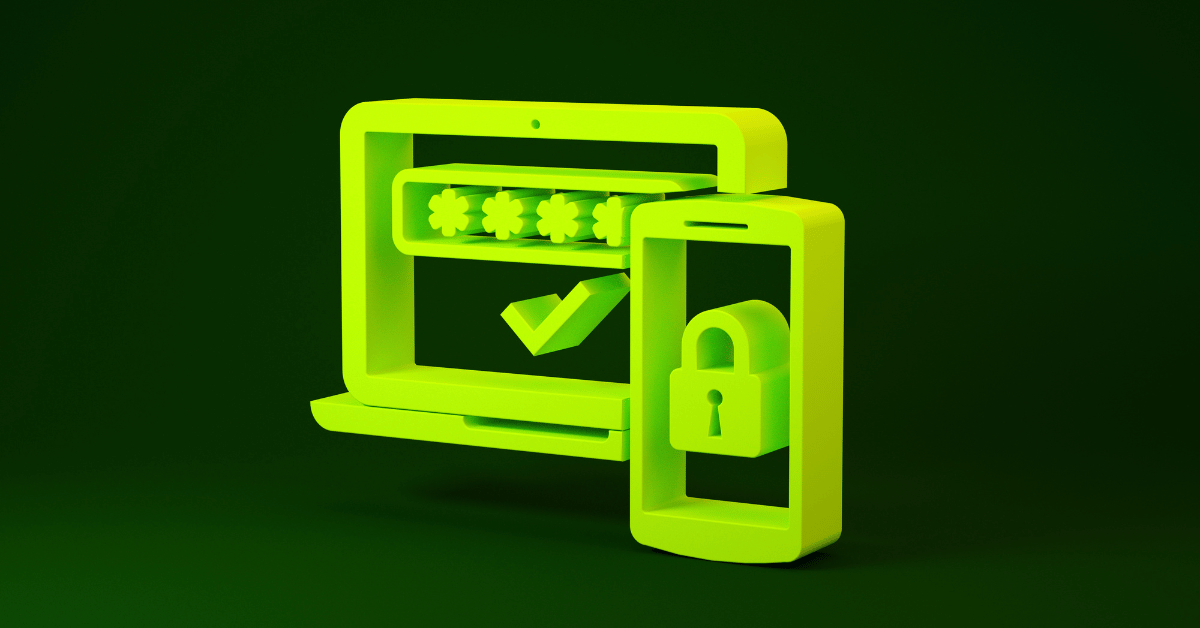Understanding the Cisco Duo MFA Breach
On April 1, 2024, a significant security breach was reported by Cisco, impacting its Duo multi-factor authentication (MFA) service. The Cisco Duo MFA breach occurred through a third-party telephony provider that manages SMS and VOIP services for Cisco Duo. A successful phishing attack enabled hackers to obtain employee credentials at the telephony provider, which were then used to access systems and download MFA SMS message logs. These logs contained metadata such as phone numbers, carriers, and geographical locations, though it’s crucial to note that the content of the messages was not accessed.
The Scope and Response
The Cisco Duo MFA breach specifically involved the logs of messages sent between March 1, 2024, and March 31, 2024. While the actual content of the MFA messages was secure, the metadata contained within could potentially be exploited for further targeted phishing campaigns or to facilitate other forms of social engineering attacks.
Upon discovering the breach, the affected telephony provider took prompt measures to contain the incident. This included invalidating the compromised credentials and enhancing security protocols to prevent future breaches. Cisco has been transparent with its customers, advising them to be vigilant and to educate their users on the risks associated with social engineering.
Common Vulnerabilities in MFA Systems
While MFA is a robust security measure, the Cisco Duo incident highlights some vulnerabilities inherent in MFA systems, particularly those relying on telecommunication-based methods such as SMS and VOIP:
- Phishing Attacks: As seen in the Cisco Duo breach, phishing remains a significant threat. Attackers can use sophisticated tactics to trick individuals into providing access credentials.
- Social Engineering: Access to metadata from MFA systems can aid attackers in crafting more credible phishing attempts and other social engineering strategies.
- MFA Fatigue: Attackers may repeatedly request MFA codes to wear down a user’s resistance, eventually leading them to share a code inadvertently.
- SIM Swapping: This involves an attacker convincing a mobile provider to switch a victim’s phone number to a SIM card they control, intercepting MFA codes sent via SMS.
- Technical Flaws and Exploits: Vulnerabilities in the software or hardware used for MFA can allow attackers to bypass security measures. For example, exploiting network-level vulnerabilities to intercept or redirect MFA messages.
Enhancing MFA Security
To mitigate these vulnerabilities, organizations can adopt several strategies:
- Layered Security: Combine MFA with other security measures like digital certificates, hardware security keys, or behavioral analytics to reduce reliance on any single security mechanism.
- Educating Users: Regular training sessions can help users recognize phishing attempts and other forms of social engineering.
- Using More Secure MFA Methods: Prefer push notifications or use hardware tokens instead of SMS-based MFA, which are less susceptible to interception.
- Regular Audits and Updates: Keeping security systems updated and conducting regular security audits to identify and mitigate potential vulnerabilities.
The Cisco Duo MFA breach serves as a potent reminder of the ever-evolving landscape of cybersecurity threats. While MFA adds a critical layer of security, it is not infallible. Organizations must continuously evaluate their security practices and educate their users to safeguard against sophisticated cyber threats.
Try Portnox Cloud for Free Today
Gain access to all of Portnox's powerful zero trust access control free capabilities for 30 days!







